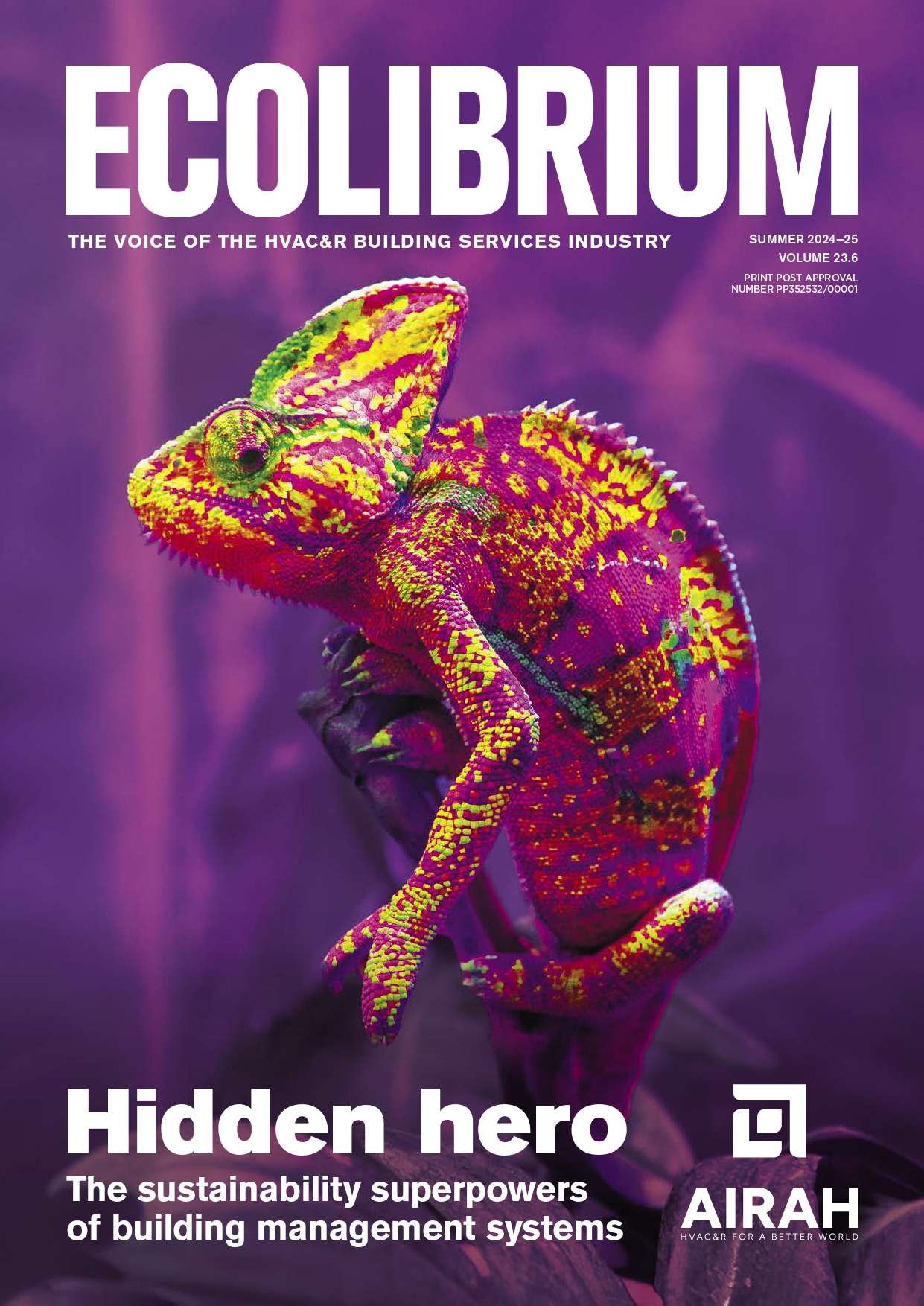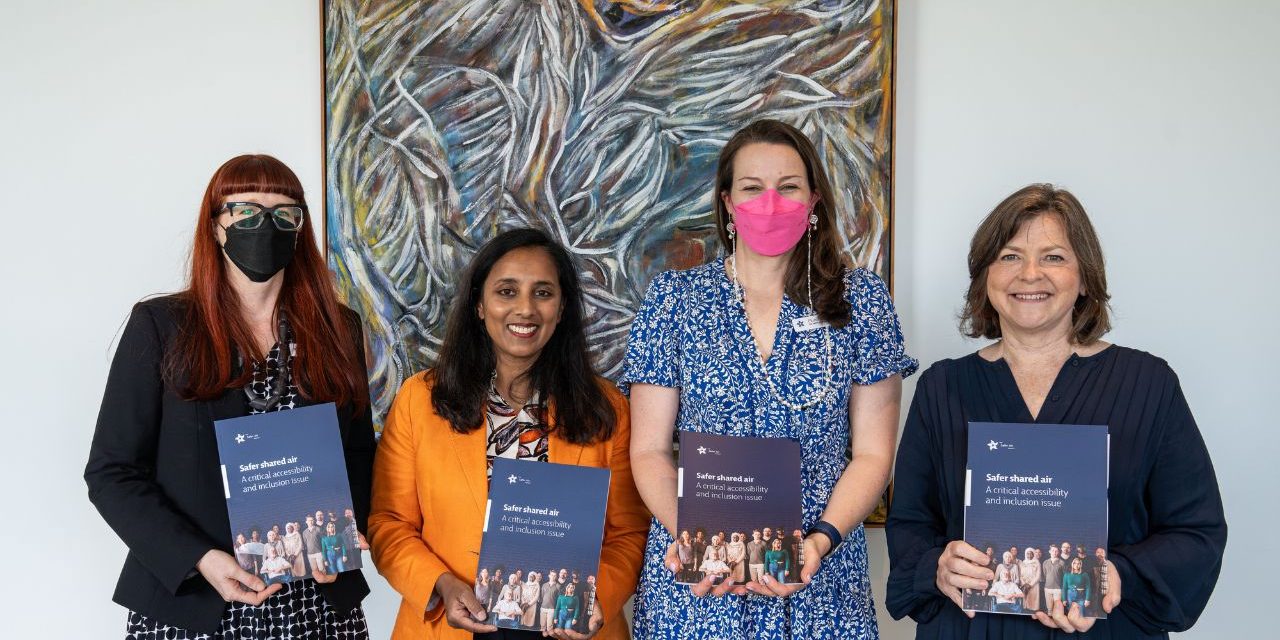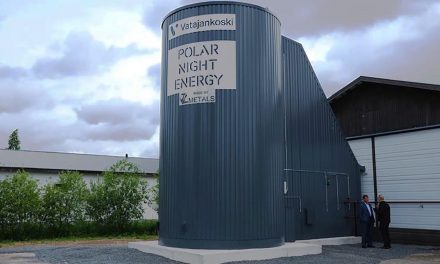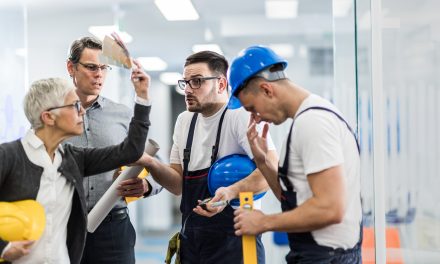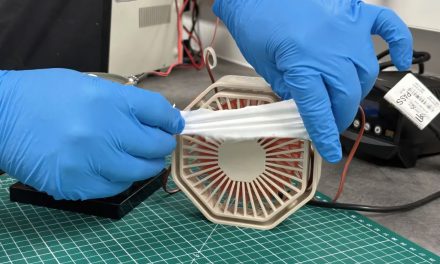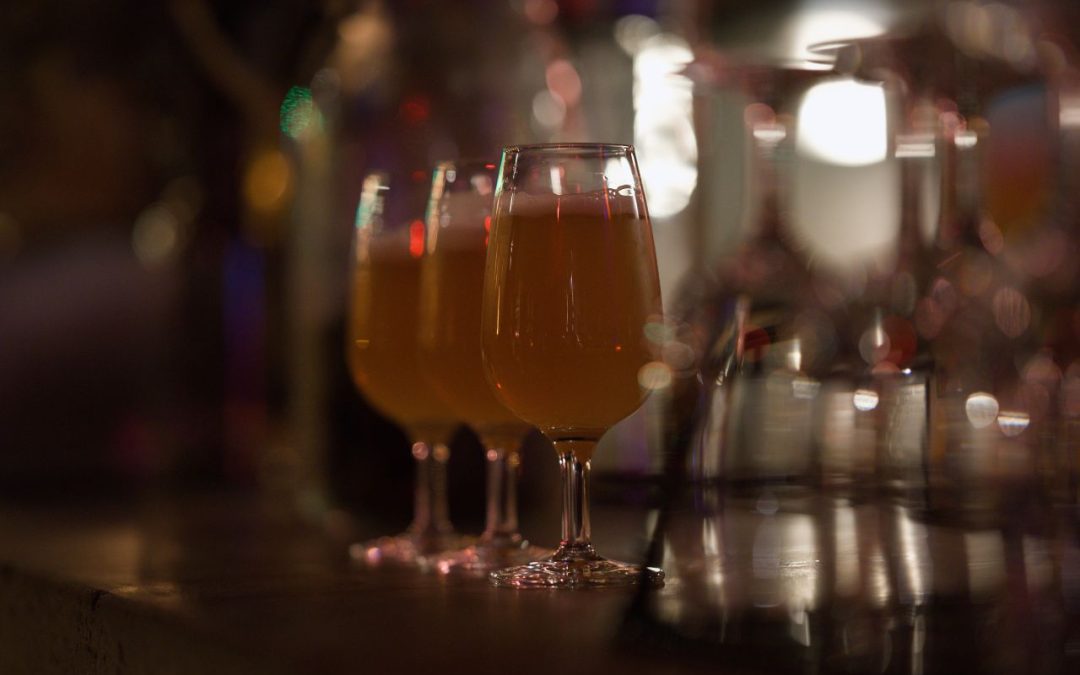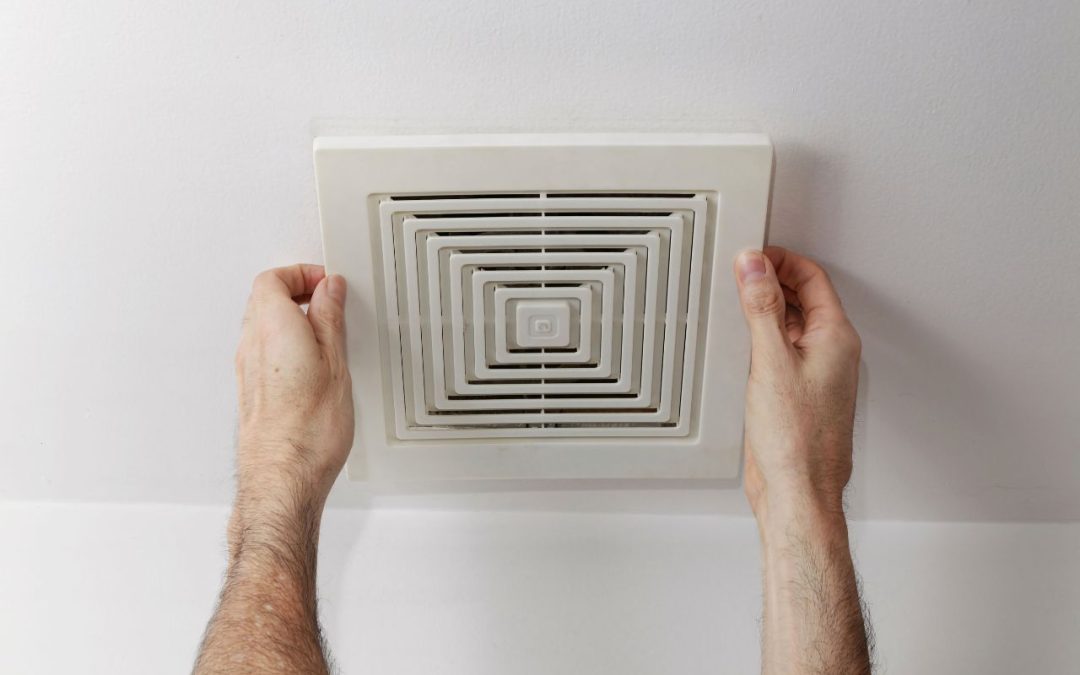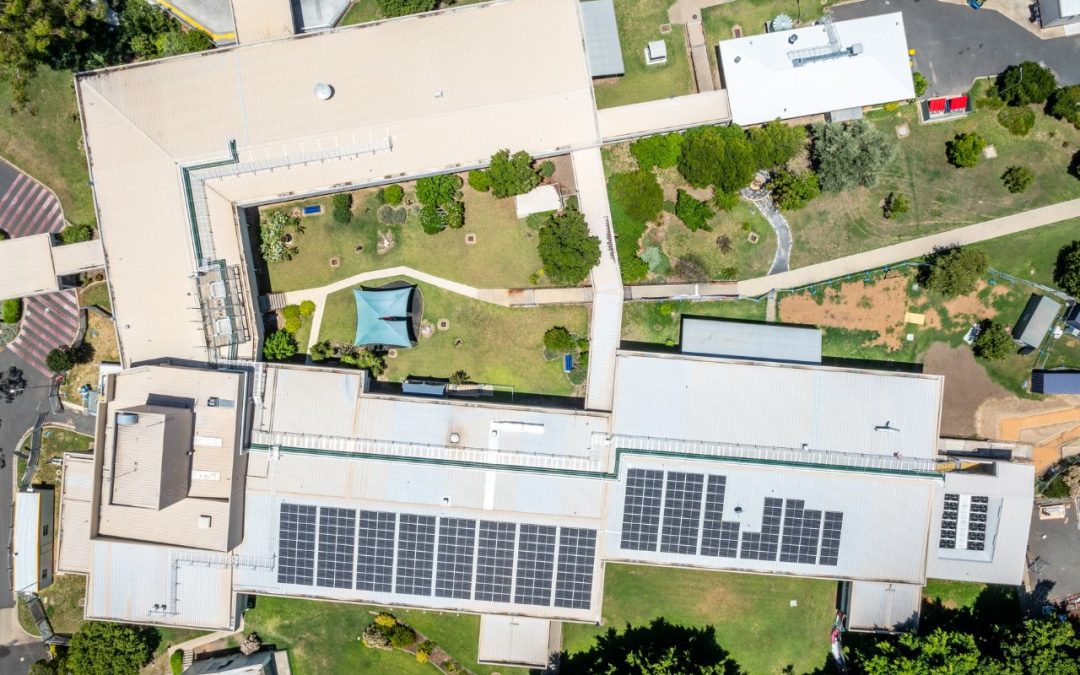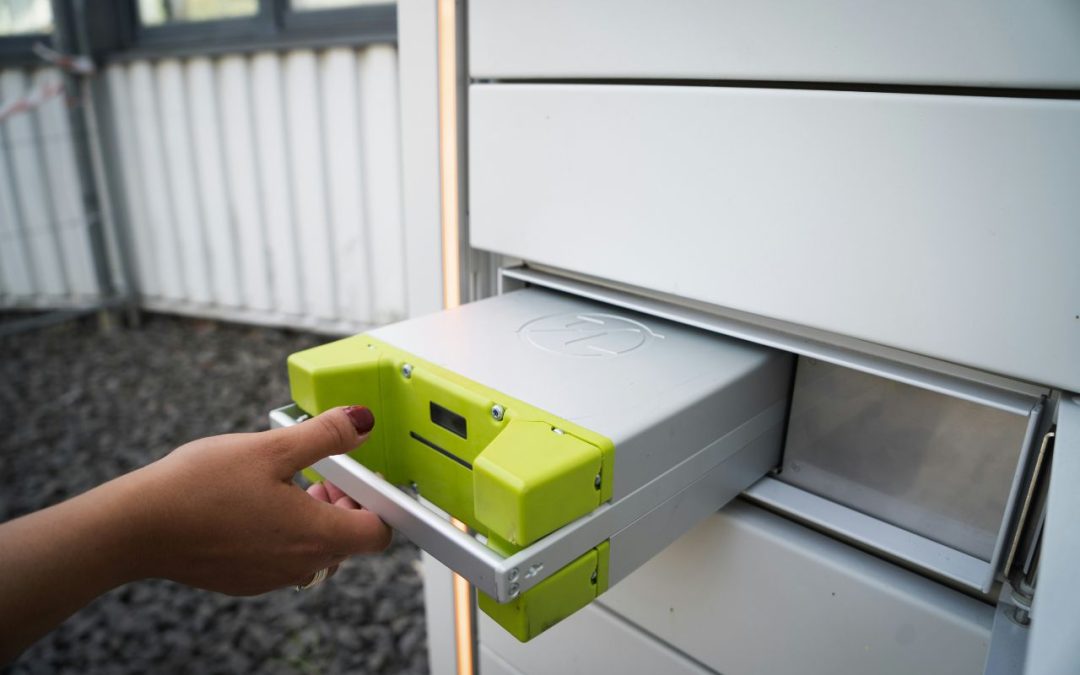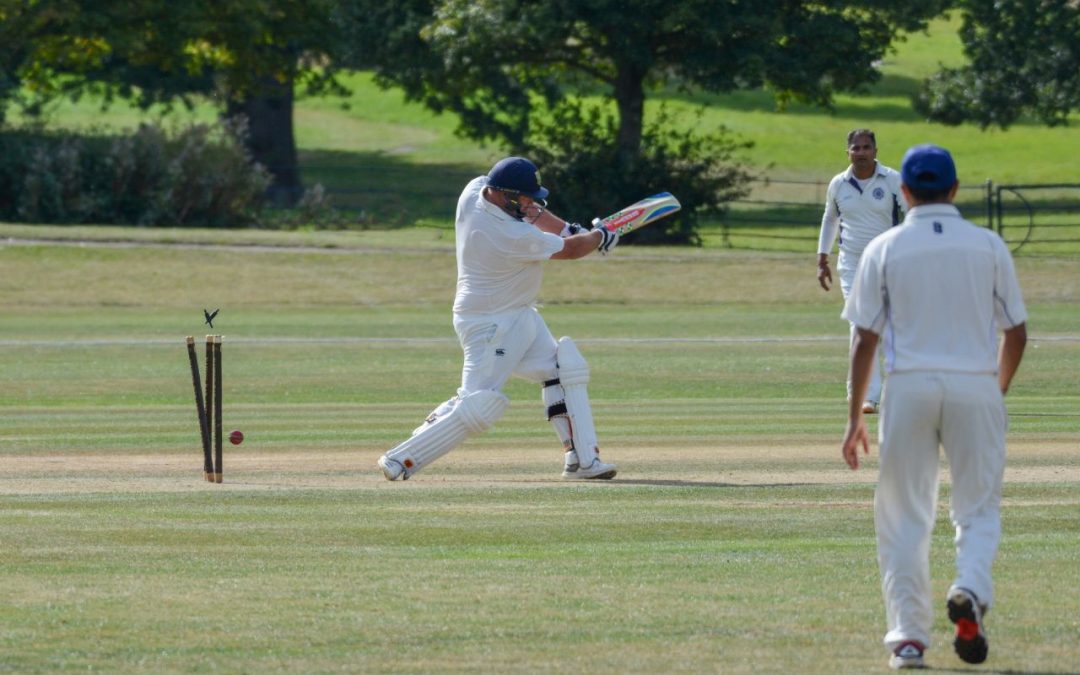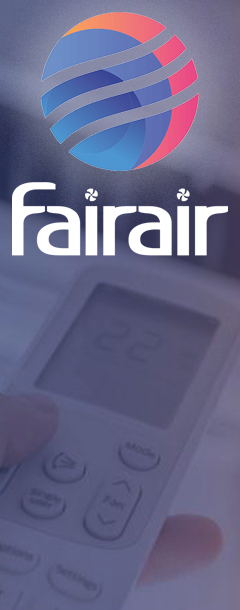A report launched at Parliament House in November has highlighted the human impact of poor indoor air quality, framing it as an access and inclusion issue.
In November, the Safer Air Project brought together leaders from engineering, public health, facilities management, economics, trade unions and politics for the launch of a new report: Safer shared air. Notably, it includes the stories of people who have experienced health problems and who are limited in how they access indoor spaces because they cannot rely on adequate IAQ.
AIRAH was represented at the launch by Dr Claire Bird, Associate Director of the IAQ STG; Derek Shearer, Chair of the IAQ STG; and Mark Vender, Advocacy and Policy Manager.
A mainstream issue
The report points out that it is not a small minority of the population who face increased risks from poor indoor air quality. According to the Australian Bureau of Statistics, one in two Australians have at least one chronic health condition, and women are more likely to have at least one chronic condition than men.
Safer Air Project CEO and Founder Plum Stone shared the challenges her own family has faced because of unsafe indoor air.
“People living with high-risk conditions like cancer, diabetes, cystic fibrosis, kidney disease, cardio-vascular disease, asthma and many more, are not rare, and we are not isolated,” said Stone. “We’re in every room, in every workplace, in every school, and we should all be able to breathe without risk of harm.
“It’s time to recognise improving indoor air quality as an accessibility feature, and make our shared air safer for everyone to breathe. Because the burden of responsibility for staying safe shouldn’t rest with the high-risk and immuno-compromised person, especially when that person is a child, and we all share the same air.”
IAQ action
Reflecting the growing interest of government in IAQ, Ged Kearney MP, Assistant Minister for Health, also spoke at the launch.
“The Safer Air Project’s vision is to create a world where everyone can breathe indoors safely,” she said. “The report advocates for safer indoor air quality as a critical accessibility and inclusion issue for people living with chronic health conditions. And this is bringing a whole new impetus to the issue that we have been grappling with over the last couple of years.”
The session included testimonies from people whose lives have been directly impacted by poor indoor air quality, as well as a panel discussion about the need to establish operational standards for IAQ.
Head of Mechanical Engineering at the University of Melbourne, Jason Monty, noted that our ventilation systems have a big role to play.
“Industry professionals, the people who design, sell, maintain our ventilation systems, tell us that they’re not being asked to provide better indoor air quality,” said Monty. “We don’t provide the best – we provide the cheapest and the easiest.”
Monty compared the treatment of air with the treatment of water, and argued that they deserve similar funding.
“Our complex water delivery systems cost billions of dollars a year,” he said. “[Our treatment of air] is a bit like saying, ‘We’ll run a pipe to the nearest creek or lake and then we’ll put a filter in your house or building, and there you go – if you want water you’ve got water’.
“We know that would make people sick and make people die. People are sick and dying from indoor air. We would prefer that people recognise this and create demand, but that’s not happening, unfortunately, so we need regulation and we need standards.”
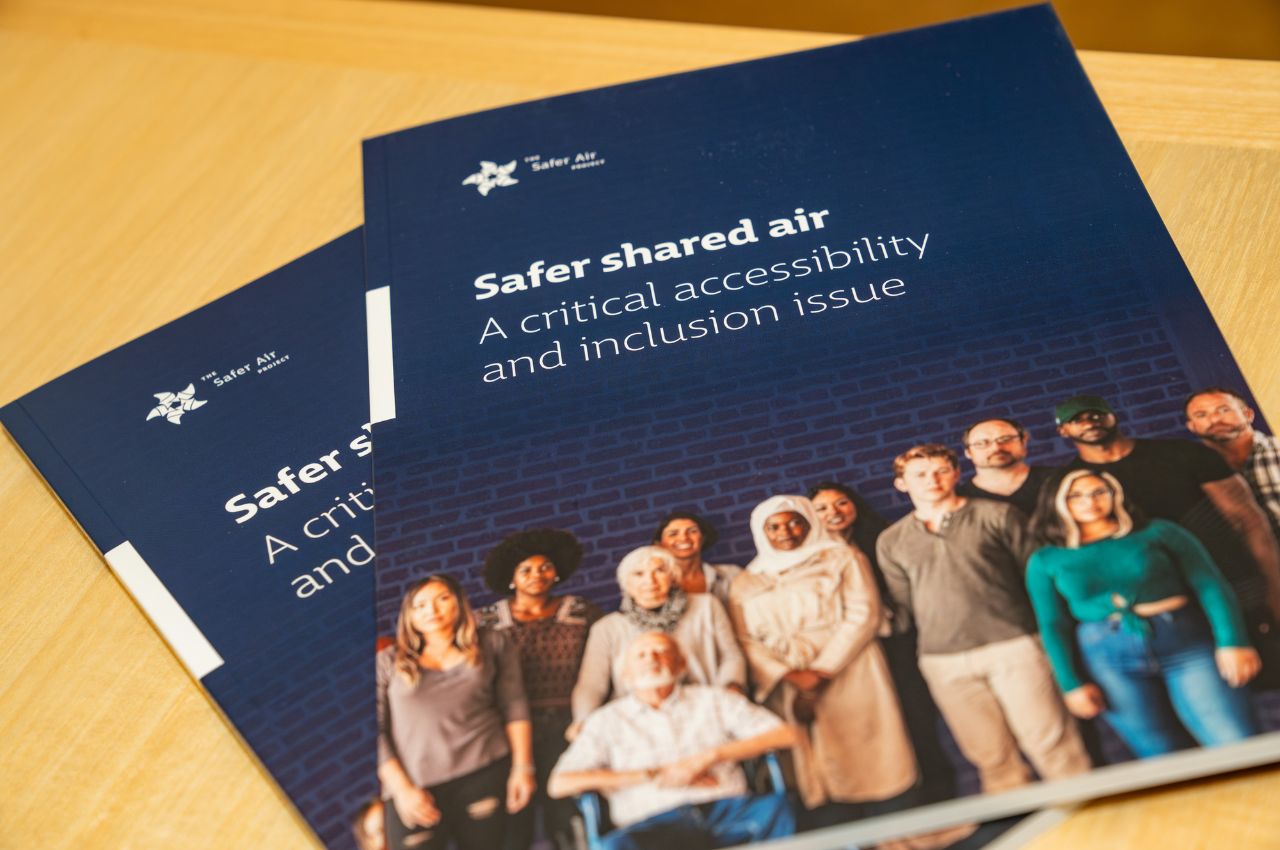
Read the report
The Safer Shared Air report and a full recording of the launch are available at the Safer Air Project website: www.saferairproject.com
